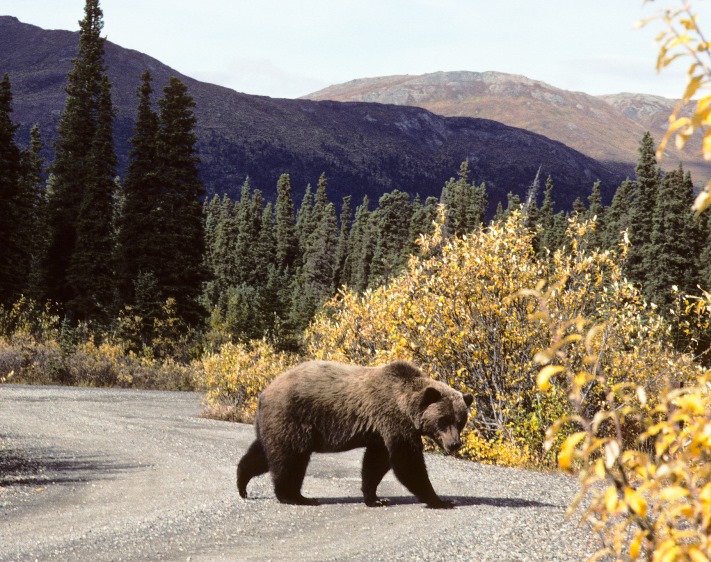On Tuesday the Department of Homeland Security (DHS) Science and Technology Directorate (S&T) announced its first business accelerator program, EMERGE!, aimed at entrepreneurs who have innovative ideas that address the unique needs of the Homeland Security community and whose wearable technology could be adapted for first responder operations.
The accelerator program seeks innovative solutions that help the “responder of the future” save lives and carry out their mission, particularly in the area of wearable technologies, such as body-worn electronics, advanced sensors, and integrated voice and data communications embedded in a responder’s gear.
“First responders can benefit from these new emerging technologies, to not only ensure their personal safety, but to better save the lives of those they serve,” said DHS Deputy Under Secretary for Science and Technology Dr. Robert Griffin, a former firefighter and emergency manager. “There may be innovators who have ideas for the latest scientific advancements that can make a difference in helping these first responders.”
The EMERGE! Accelerator program will help innovators to develop and launch their ideas into investable companies by providing early market validation, mentoring and access to private investment. This program will accelerate the development of selected commercial wearable technologies and provide a path to introduce those technologies to a variety of markets, including Government sector partners.
This accelerator program is one part of S&T’s overall strategy to reinvigorate federal government research and development. Through prize competitions, open dialogues, and accelerator programs, S&T is hoping to attract innovators, keeping pace with the speed of technological advancement.
S&T’s EMERGE! Accelerator program was developed in partnership with the United States Air Force Academy, DHS Center of Innovation, and the Center for Innovative Technology.
Thanks and a tip of the hat go out to Eric.



